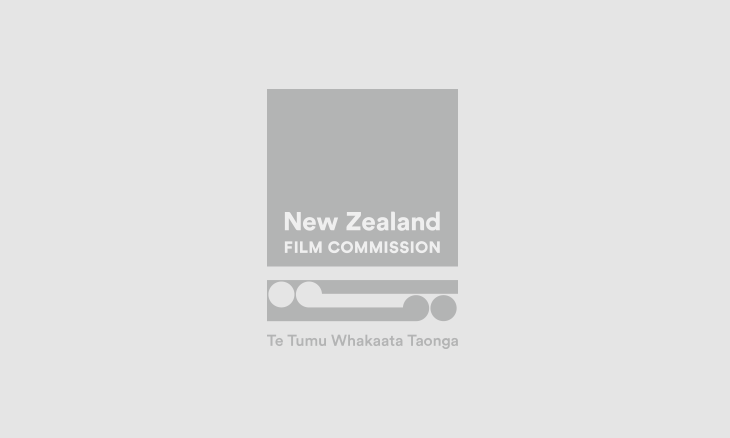The story is an original idea by writing team Jane Shearer and Steve Ayson. The project was conceived and developed while they were in artist residence at Chateau de La Napoule. Shearer and Ayson previously spent six months at the Maurits Binger Film Institute on the writers programme.
Nature’s Way is set in two distinct landscapes; the forest, and the new modern suburb that threatens to invade and destroy it. These two elements are embedded in the journey of the film, and visually tell a story that is interwoven with the deeper themes.
The forest is uniquely New Zealand, and is virgin native bush. A canopy of ponga and mature native trees is underscored by dense undergrowth of fern.
The suburb is one that exists in almost any developing city and town around the world where the forest is being cleared for new housing.
In Nature’s Way the murderers house is on the very edge of a forest. The fence around the man’s property holds a small gate that provides a link from his manicured domain to the as yet untouched forest beyond it.
In realising the story’s elements there was incredible attention needed to the particular look and tone of the visual elements. Cinematographer Andrew Commis is one of Australia’s emerging talents and has brought an understated darkness to the photography. Commis has won Gold and Silver Australian Cinematographers Society Awards for his work to date. His most recent short work as cinematographer, Blue
Tongue played at Critics Week (SIC), Festival de Cannes 2005. The film is entirely without dialogue, so one of the crucial elements came into place when Jack Hutchings (editor, Cracker Bag, Winner Golden Palm, Festival de Cannes 2003) came on board to edit the film. Without the director meeting him, he committed on the basis of the script.
Equal importance was the score, and Rachel Shearer is known for her edgy and unique composition and sound design and pared back sensibility. She has provided a stunning and visceral soundtrack.

